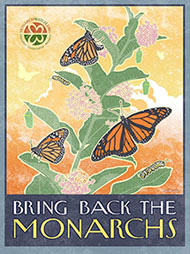Asclepias tuberosa L., (Butterfly Weed)
General Description
This species can be identified by its alternate leaves. The flowers are usually orange, rarely yellow or red. It grows in sandy or loamy soil in prairies, roadsides, and open woodlands. It’s popularly used in gardens to attract butterflies.
Fun Fact: Native Americans of Appalachia dried the leaves of this plant for tea to induce vomiting. Also, in the 1800’s, the sap from this plant was used to treat smallpox.
Form/Growth
Distribution: AL, AR, AZ, CA, CO, CT, DC, DE, FL, GA, IA, IL, IN, KS, KY, LA, MA, MD, ME, MI, MN, MO, MS, NC, NE, NH, NJ, NM, NY, OH, OK, PA, RI, SC, SD, TN, TX, UT, VA, VT, WI, WV
Canada: ON, QC
Flower: Corolla, hoods, and horns are orange. Glabrous. Hoods are 3/16 -¼ in (5-6 mm) long, and horns just slightly smaller 1/8 in (3 mm). Horns protrude through the hoods. Corolla reflexes backward. The flowers are usually orange, rarely yellow or red. Populations west of the 100th meridian tend to be dominated by yellow colored flowers.
Foliage: Texture is coarse. Stands erect and sometimes ascending. Covered with small hairs. Leaf arrangement is opposite and attachment is sessile or petiolate with short petioles up to ¾ in (3mm) long.
Growth Period: Spring and Summer.
Habitat: Sandy, loamy, or rocky calcareous soils of prairies, roadsides, and waste places.
Height: 1-2 ft (30-60 cm).
Leaves: Linear to oblong to lanceolate. Bottom of leaf is a lighter green then the top of the leaf. 2-4 in (5-10cm) long and 3/8 – ¾ in (1 -2 cm) wide.
Roots: Taproot can grow up to a depth of 16 inches. Deep, woody root-stock.
Toxicity: Low.
Reproductive
Blossoming Season: May – September.
Life span: Moderate, slow growth rate.
Propagation: By seed.
Pods: Color is grayish green. Narrow, 4-8 in (10-20 cm) long by 1-2 ½ in (2 ½ – 6 cm) wide. Covered in short hairs.
Seed Color: Brown.
Environment and Growth Requirements
Maintenance: Low.
Overhead Conditions: Not shade tolerant, needs lots of sunlight.
Precipitation: Western population: Less then 8 in to 16 in (20 – 40 cm) annually. Eastern population: 20-60 in (51-153 cm)
Soil Texture: Course and medium. Appears to require well-drained soils.
Temperature: Can withstand a minimum temperature of –40 to –30 Fahrenheit (-40 to -35 Celsius).

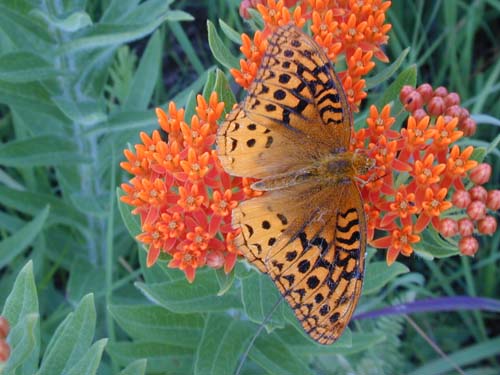
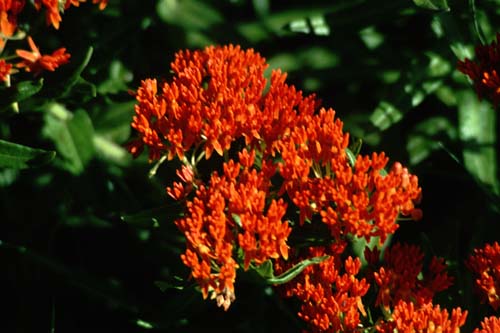
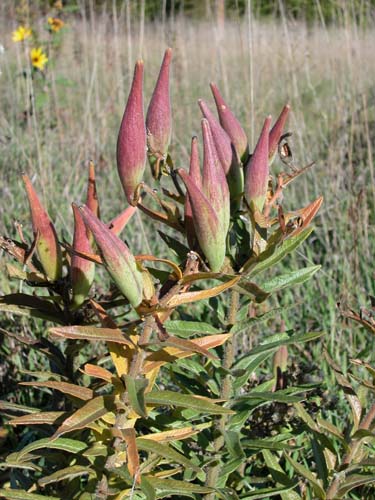
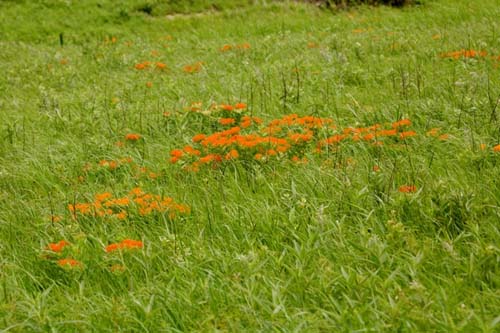
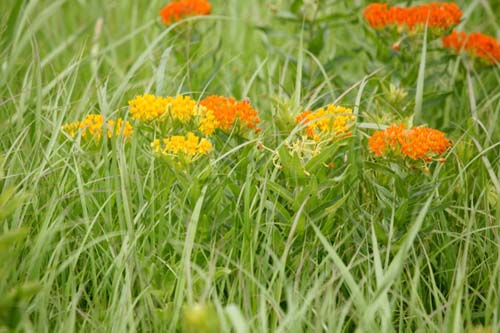
Work Cited: missouriplants.com, nps.gov, Plants.usda.gov, Arborday.org, Eduplace.com, books.google.com (A Second Ohio Weed Manual)
Photos: Monarch Watch Archive




